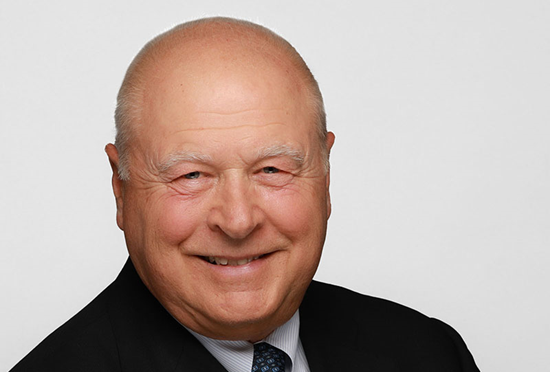Cost to borrow high quality collateral at multi-year high

Large-scale purchases of government bonds by the ECB have pushed the cost to borrow high quality collateral to a new multi-year high, data from IHS Markit shows.
London-based analyst Simon Colvin says fees to borrow eurozone sovereign bonds have jumped to 46% since the start of 2015 while German and French bonds have utilisation rates above 30%.
Europe’s central bank began buying government bonds in March 2015 in a bid to stimulate economic growth.
However, regulations designed to make capital markets safer, such as Basel III's Liquidity Coverage Ratio (LCR), have made high quality collateral, such as government bonds, more important.
This led to fears that ECB’s QE measures would essentially remove a large portion of the assets that the industry needs.
Although Colvin notes that collateral doomsday scenarios didn’t materialise, the onset of QE has coincided with a steady increase in the cost to borrow high quality eurozone sovereign bonds.
“The steadily increasing fees commanded by these high quality assets would indicate that relentless pace of asset purchases is having some impact on the supply and demand dynamics for investors looking to source them," Covin explains.
Securities lending trade body ISLA has noted that the shift back towards using government bonds as collateral could put pressure on the availability of HQLA which market participants need for their own collateral and balance sheet ratio management requirements.
The weighted average fee for eurozone sovereign bonds now stands at 16.9bps, a 46% increase on the levels seen on the eve of the onset of QE back in January of last year.
The trend also shows no signs of slowing down according to IHS Markit stats as the closing days of September saw the fee spike to its highest level in over four years.
"French and German sovereign bonds are the driving force behind the trend," Colvin adds.
Bonds issued by the two countries, which make up 75% of the current eurozone sovereign borrow, cost 18.2bps and 19.3bps to borrow on average which is over 5bps than the 12.9bps weighted fee commanded by the rest of the eurozone pack.
Utilisation rates across both countries are also much higher with over 30% of French and a massive 45% of German sovereign bonds siting in lending programs now out on loan.
Relatively riskier Italian and Spanish bonds see much less relative demand to borrow with utilisation rates of 14.4 and 9% respectively.
Investment grade, euro denominated corporate bonds have also experienced the same trend as the fees required to borrow the asset class have surged to 29bps in the weeks since ECB decided to expand bond purchases to high quality corporate bonds.
Found this useful?
Take a complimentary trial of the FOW Marketing Intelligence Platform – the comprehensive source of news and analysis across the buy- and sell- side.
Gain access to:
- A single source of in-depth news, insight and analysis across Asset Management, Securities Finance, Custody, Fund Services and Derivatives
- Our interactive database, optimized to enable you to summarise data and build graphs outlining market activity
- Exclusive whitepapers, supplements and industry analysis curated and published by Futures & Options World
- Breaking news, daily and weekly alerts on the markets most relevant to you




